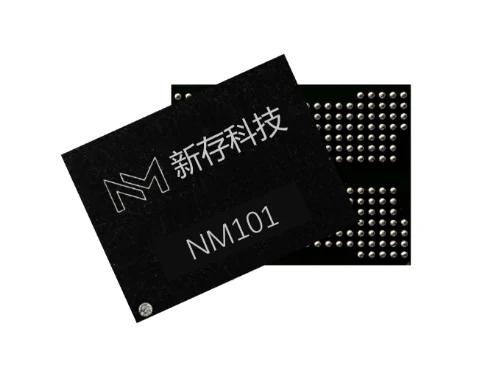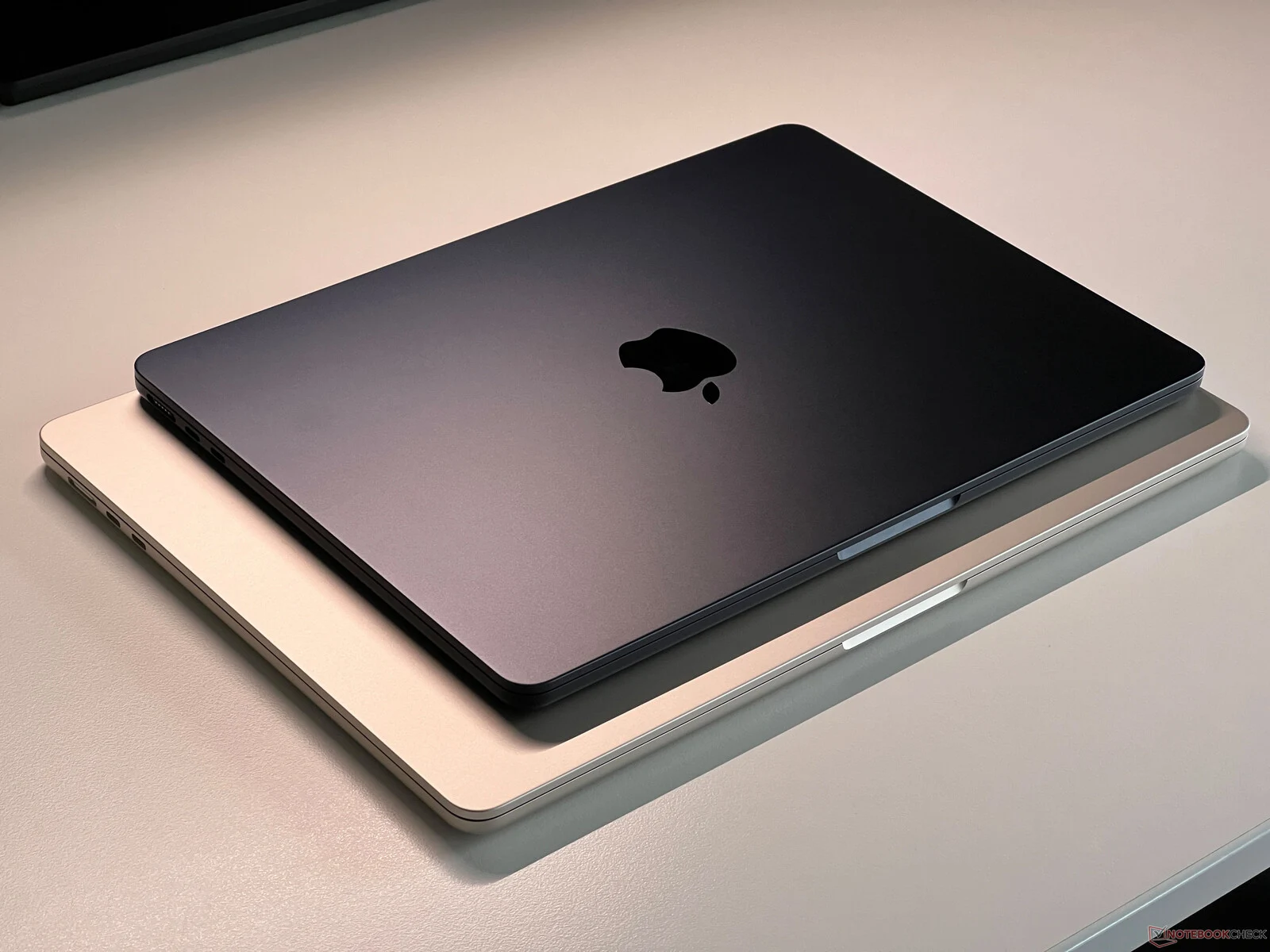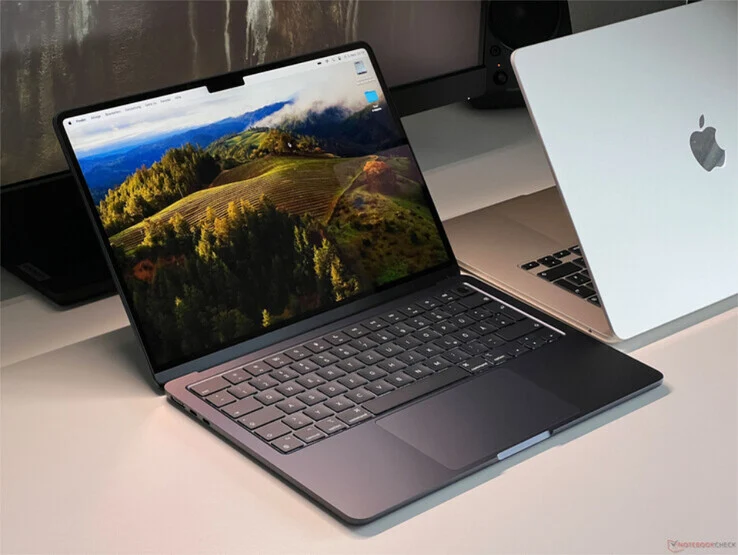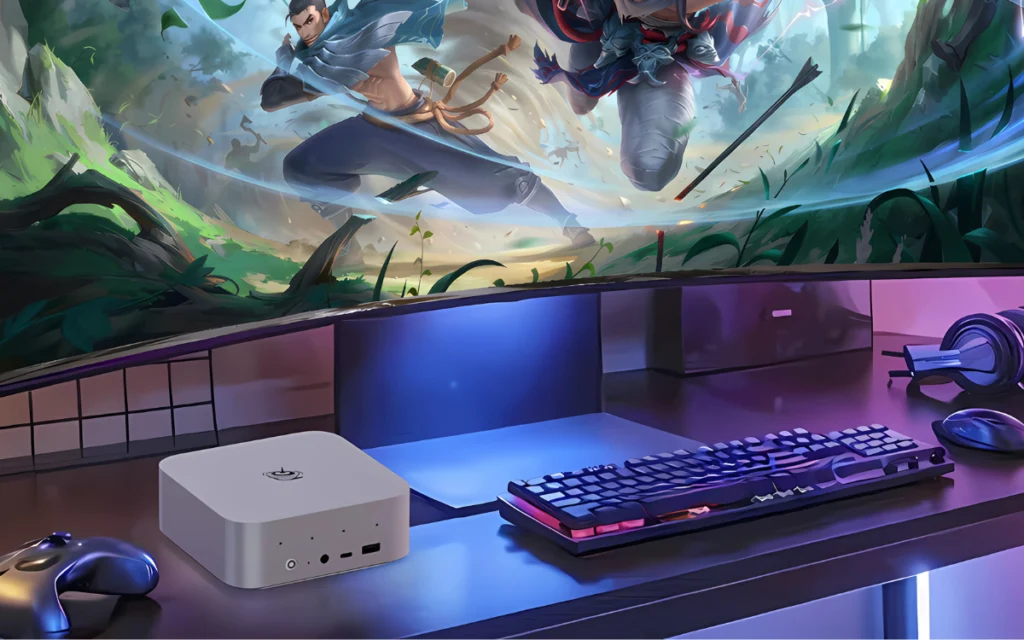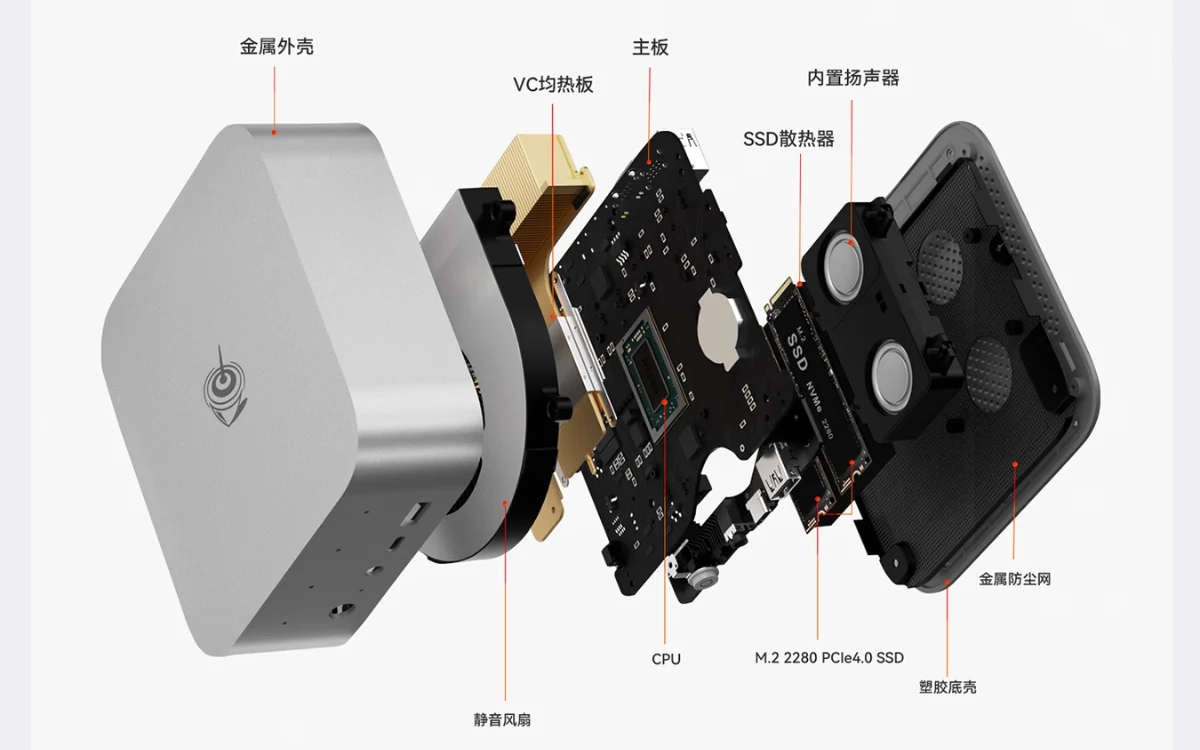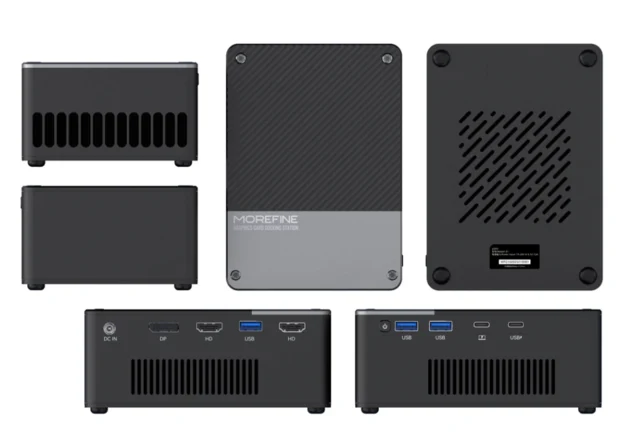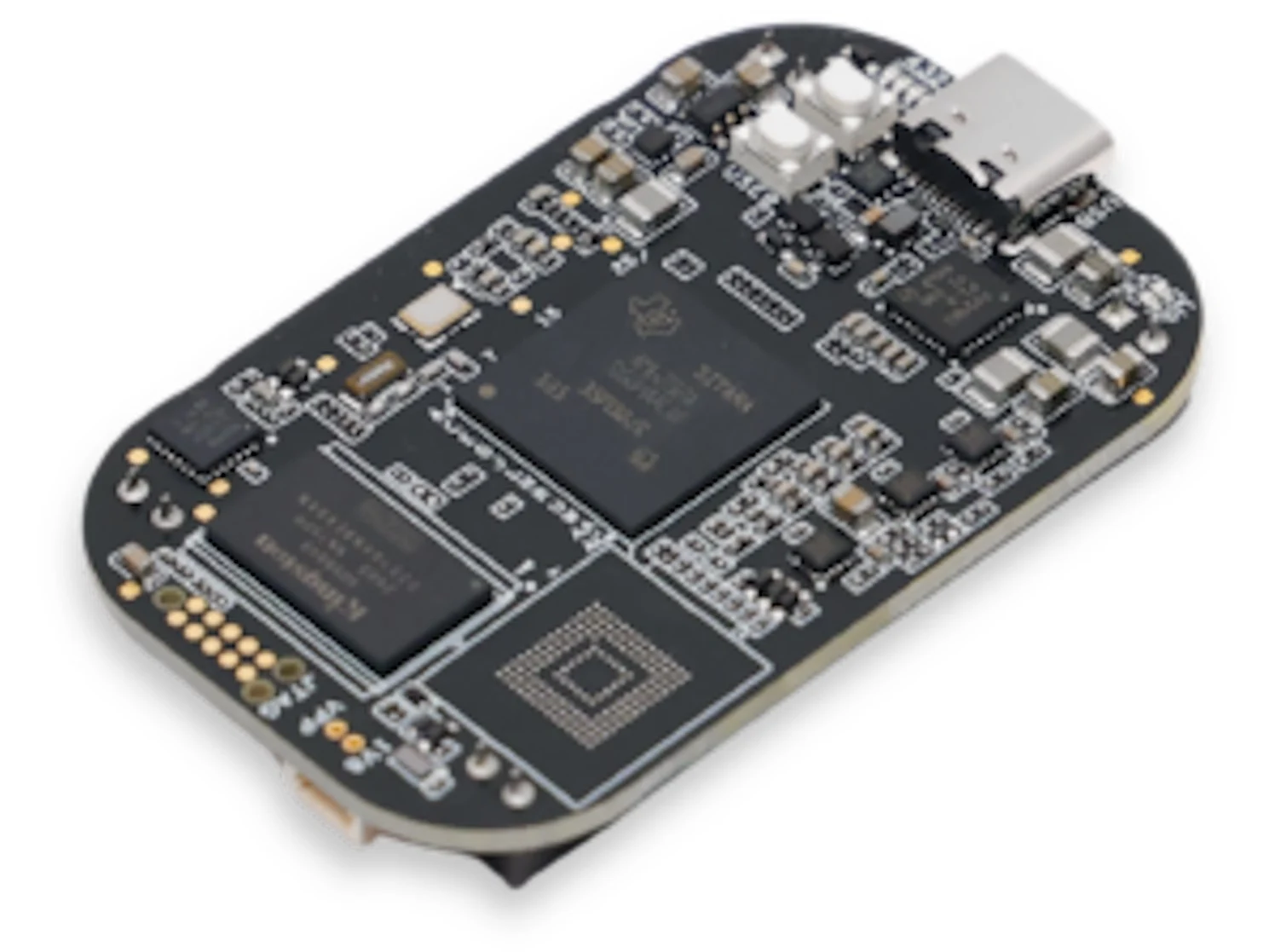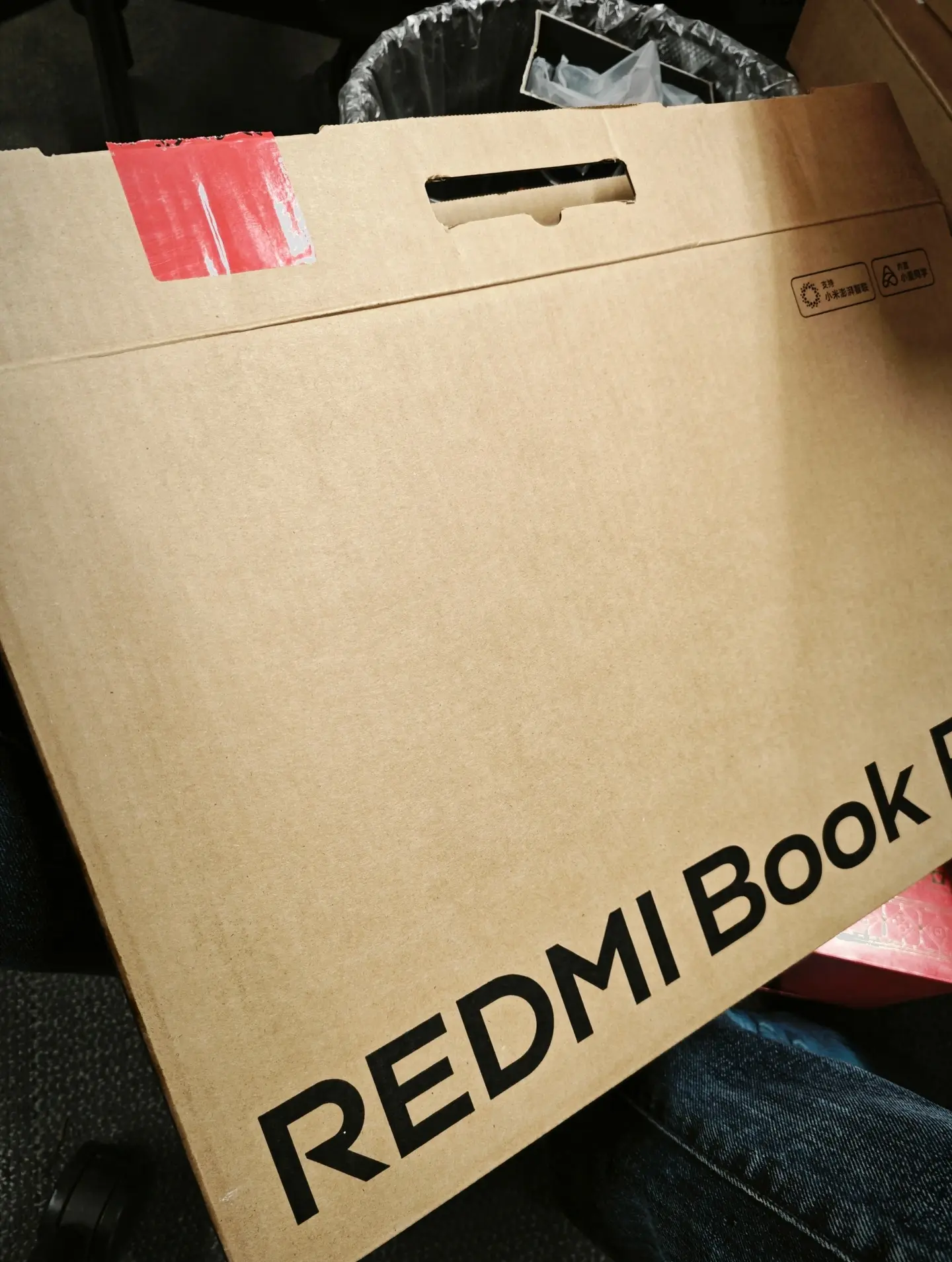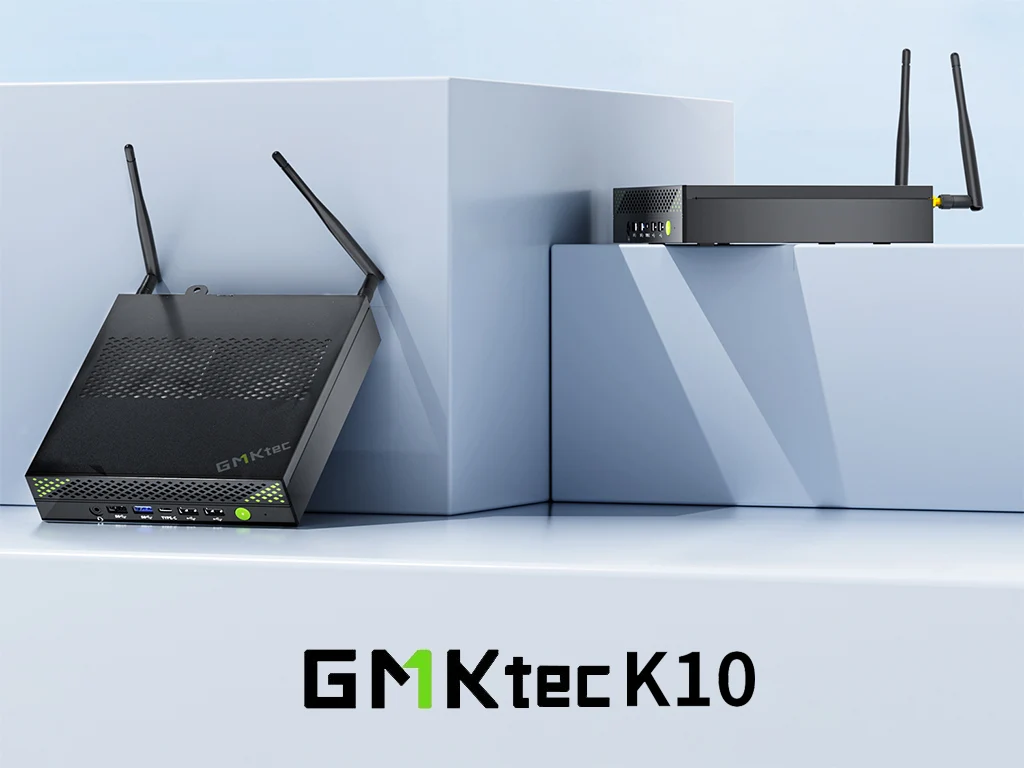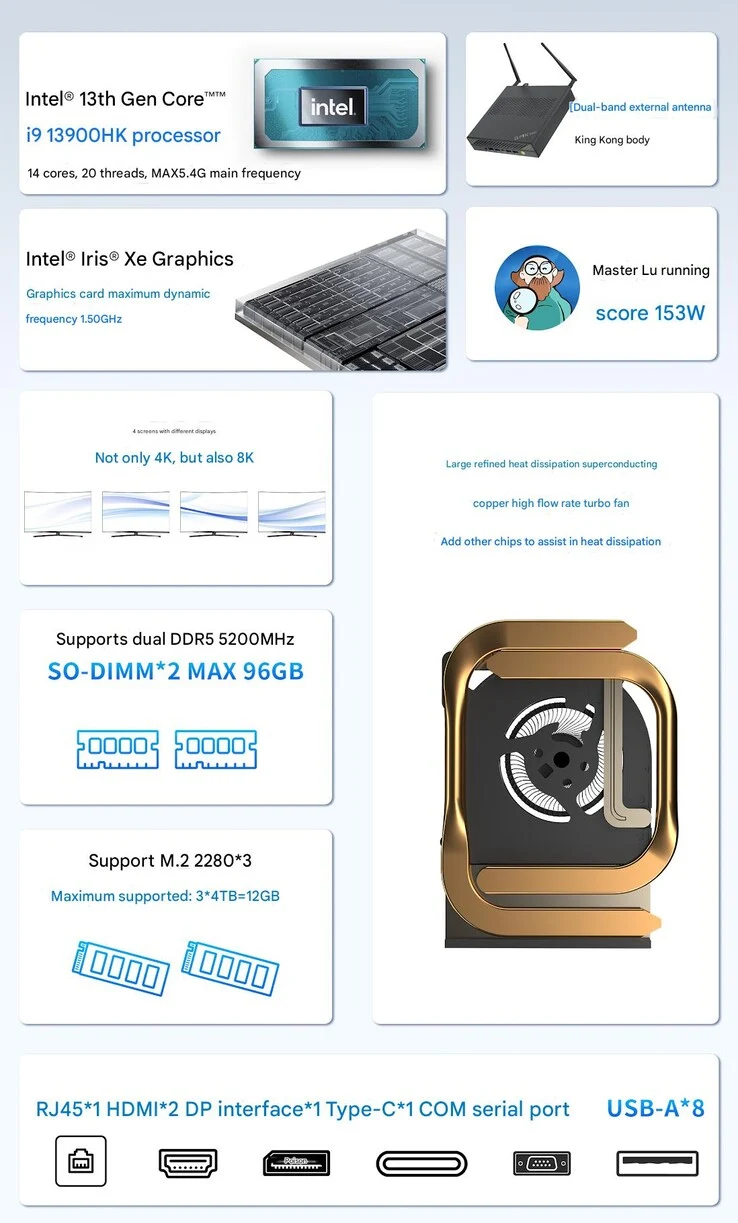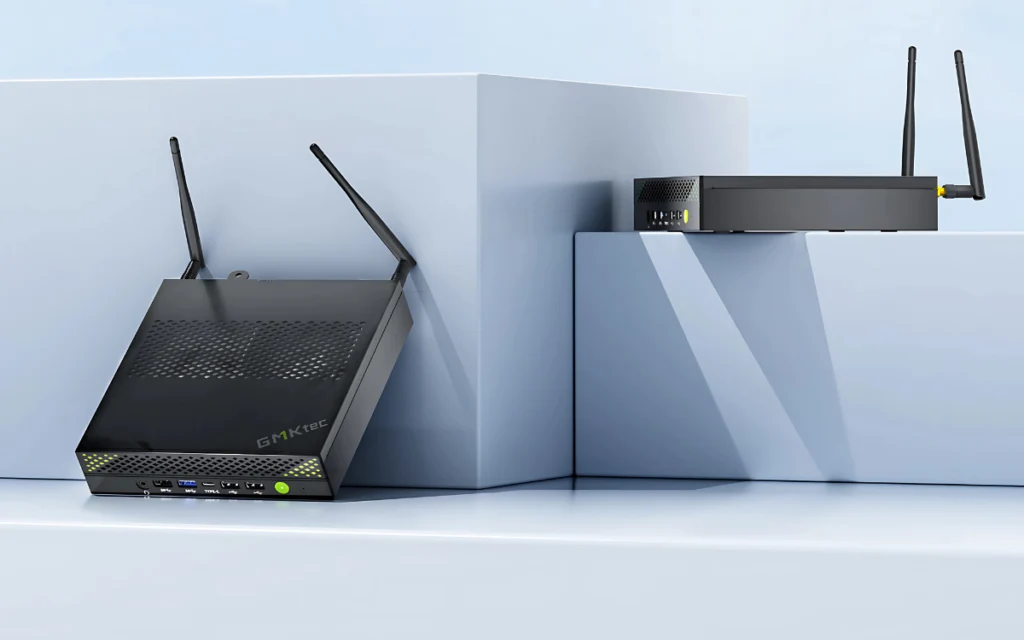Key Takeaways
1. Numemory has launched the NM102, a 128-gigabit single-level cell memory chip, doubling the capacity of its previous NM101 chip.
2. The NM102 merges DRAM performance with NAND flash advantages, maintaining a 3200 MT/s NAND interface and 1.2V I/O voltage.
3. The technology achieves microsecond-level response times, positioned between DRAM’s nanosecond speed and traditional NAND’s slower speeds.
4. The NM102 has potential applications in solid-state drives, but its low capacity per chip may limit mainstream use without multiple chips.
5. Founded in July 2022, Numemory is focused on semiconductor independence in China, with a significant emphasis on research and development.
Chinese chip startup Numemory is expanding its line of storage-class memory (SCM) with the introduction of the NM102, a 128-gigabit (16 GB) single-level cell memory chip. This new chip represents a significant increase in capacity compared to their first-generation 64 Gb NM101, which was released in September 2023.
Company Background
Located in Wuhan and officially named Xincun Technology, Numemory designed these chips to merge the performance of DRAM with the advantages of NAND flash storage. The NM102 continues to utilize the standard 3200 MT/s NAND interface and operates at a 1.2V I/O voltage, similar to its predecessor, but now offers double the storage capacity.
Performance Characteristics
Numemory’s technology targets response times at the microsecond level, positioning it between the rapid nanosecond speed of DRAM and the slower speeds of traditional NAND flash. For context, typical modern 3D TLC NAND chips achieve approximately 80 microseconds for read operations, while write times can reach into the hundreds of microseconds.
These new memory chips have potential for use in solid-state drives, but their relatively low capacity per chip might pose challenges for mainstream applications. For example, an M.2-2280 SSD would require multiple chips to achieve competitive storage capacities, as only four memory packages can fit on each side.
Future Outlook
Founded in July 2022, Numemory employs around 220 people, with nearly 80 percent of the team focused on research and development. Although the company hasn’t disclosed much about its chip manufacturing process or the specifics of its technology, this development is a notable step in China’s efforts toward semiconductor independence. This is particularly significant given that similar technologies, like Intel’s Optane memory, are no longer available.
Source:
Link

